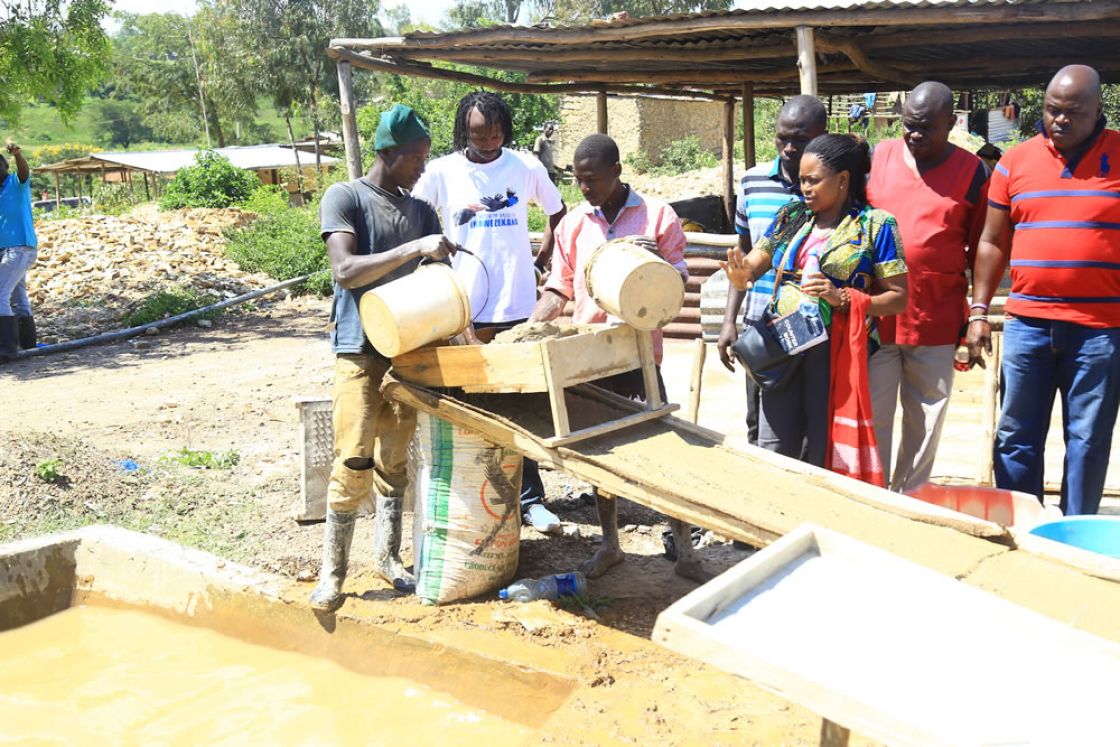Our Story
Migori

by Haki Madini
A coalition promoting responsible mining
Our Stories
29 April 2018
Realization of unity among Migori artisanal miners

Migori County is located in the southwestern part of Kenya. It borders Homa Bay, Kisii and Narok counties and the United Republic of Tanzania. The county has 8 sub-counties: Suna East, Suna West, Nyatike, Kuria East, Kuria West, Awendo, Uriri and Rongo. The county has a huge endowment of mineral resources: these are Gold in Masara, Macalder, Masaba, Kehancha, Kitere, Kimwango (Rongo), Carlos Mines in Kehancha and Prancis Mines in Kuria- Transmara border.
Equally Copper, Zarite and Silver are also found in Macalder. Migori County has been doing Artisanal and small-scale mining (ASM) mining of Gold and other minerals for a long period of time.
Project interventions by The National Council of Churches of Kenya (NCCK) – NCCK begun implementing the project dubbed “MadiniYetu, WajibuWetu” in two locations of Nyatike sub-county in July 2016 . – Mikei and Nyatike locations. The aim of the project is to promote community participation and responsible stewardship of extractives for equitable and sustainable development in Kenya. A number of activities cutting across from community forums, feedback meetings, sensitization/awareness for and stakeholders’ forums have been conducted so far.
Prior to “MadiniYetu project” – The first encounter with the Migori artisanal miners was in January 2016 through a reconnaissance visit. Before meeting the miners, there was a courtesy visit made to Migori county officials under the Ministry of Environment and Natural Resources. This meeting with the county leadership was ‘unfruitful’ as the county and mining leadership viewed the miners as “volatile people” and thus difficult to deal with. We however “risked” meeting the miners to find out for ourselves about the assertions by the County officials who had informed us that the mining work and areas were highly controlled by ‘goons’ (quoting the words of the county officials.) A team of miners at Osiri/Matanda mines suspiciously received us with representatives from across the miner’s board.
Support and enthusiasm – Through the initiatives of this project, we met over 24 groups of miners and a wide range of stakeholders in the sector within Migori County. Over time, we discovered that all these groups were working in isolation. Each undertaking their own activities and at some point, elements of rivalry emerged to control some of the mines. An example is the Macalder copper mines where the original dominant group split to many smaller associations with the aim of controlling the treasurable resources.
Thankfully, through the MadiniYetu, HakiYetu project, the miners in these areas have come together and formed one association, the Migori County Artisanal Miners Association. In all our activities, artisanal miners have shown support for the process and commitment to see their lives changed.